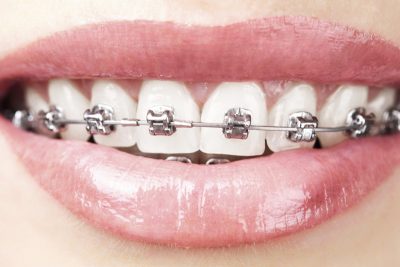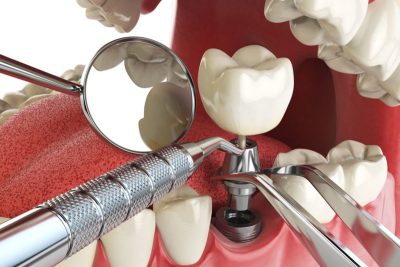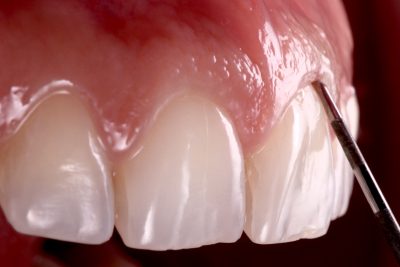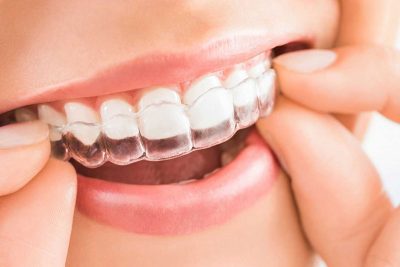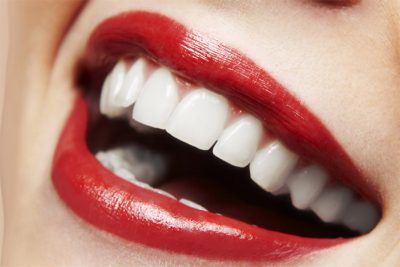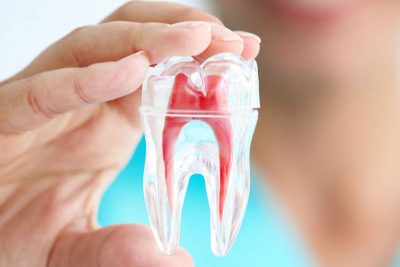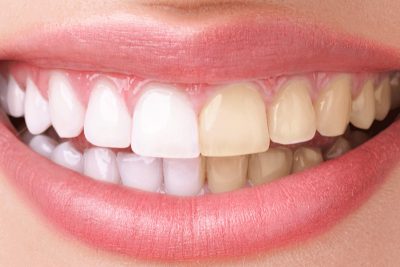Home » Treatments » Endodontics
What is endodontics?
Endodontics, popularly known as “devitalization,” treats dental pulp diseases (a set of living nerve tissue, blood vessels, and sensitivity receptors).
The pulp which is inside the tooth, in the pulp chamber and in the pulp canals, helps to irrigate (bring nutrients to the tooth) and cooperates for tooth sensitivity.
Endodontic treatment
When the pulp is struck by deep caries, repeated restorative treatments, dental trauma, fractures and severe wear, it becomes inflamed. Inflammation causes the pulp to swell and release gases, compressing the dental sensory receptors, causing acute pain, from occasional slight painful sensation caused by temperatures to spontaneous, violent and unbearable pain.
Untreated, the pulp eventually loses its vitality, becoming a dead tissue to which the body reacts, sending repair cells (white blood cells) to the site, constituting a collection of pus (abscess) that the body drains through of a fistula (small ball in the gingiva). The tooth is still alive because it is irrigated through the periodontium, but its interior has dead tissue. These signs and symptoms point to the need for endodontic treatment.
An endodontic treatment consists in the preparation and disinfection of the cavities and root canals to remove all dental pulp. The treatment ends with a sealing / obturation of the root canals by applying a biocompatible material to prevent bacteria from entering (a kind of “rubbery” material that the body does not recognize as a strange body).
Endodontic treatment may be done in a single session or in several sessions, depending on the condition of the periapical tissues.
After the endodontic treatment, the rehabilitation of the clinical crown will be necessary. This treatment allows saving natural teeth, preserving them from the aesthetic and functional point of view.
Illustrative cases
» Use the arrows to view available images.
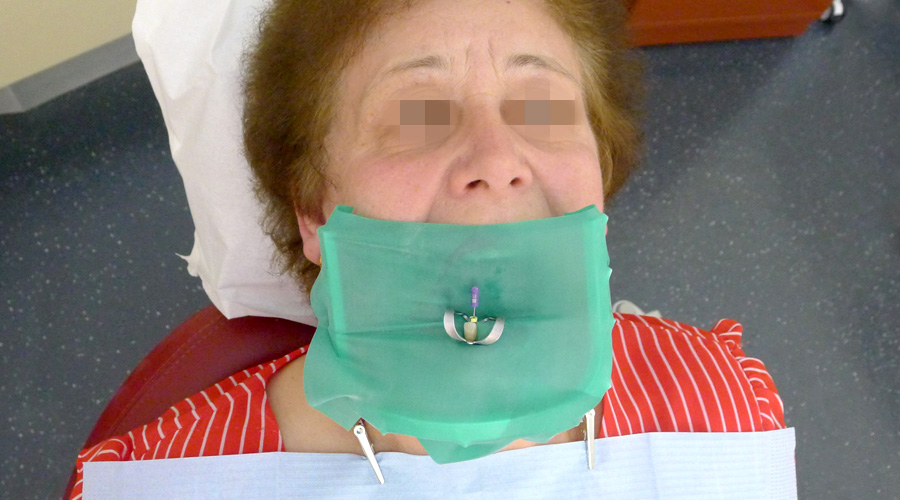
Patient prepared for endodontic treatment on a mandibular incisor tooth
After the endodontic treatment, the rehabilitation of the clinical crown will be necessary. This treatment allows saving natural teeth, preserving them from the aesthetic and functional point of view.
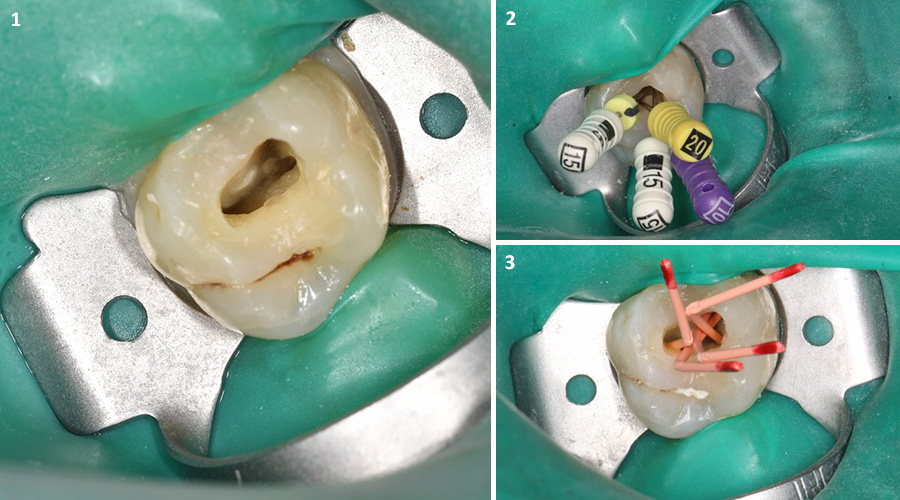
Endodontic treatment of a molar
(2) Endodontic files placed in the pulp canals;
(3) Gutta-percha cones for filling the pulp canals.
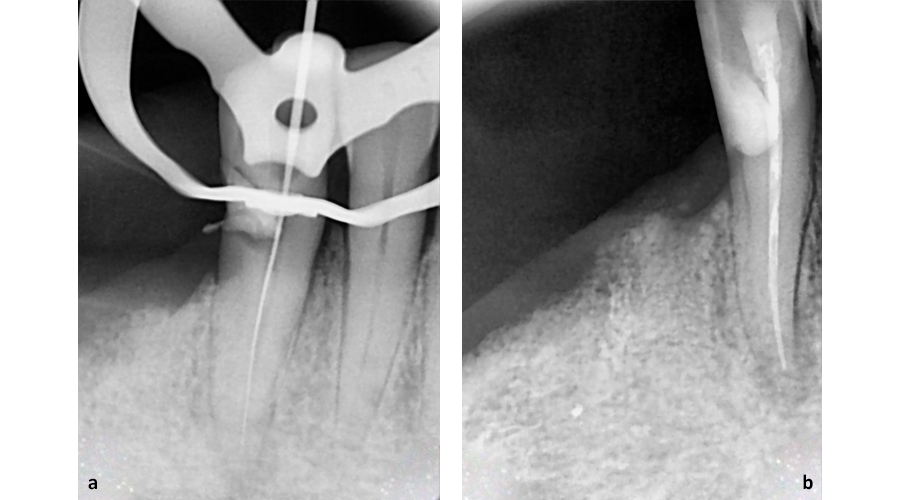
Endodontic treatment of a molar
(b) Endodontic treatment - X-ray of tooth with obturated root canals


